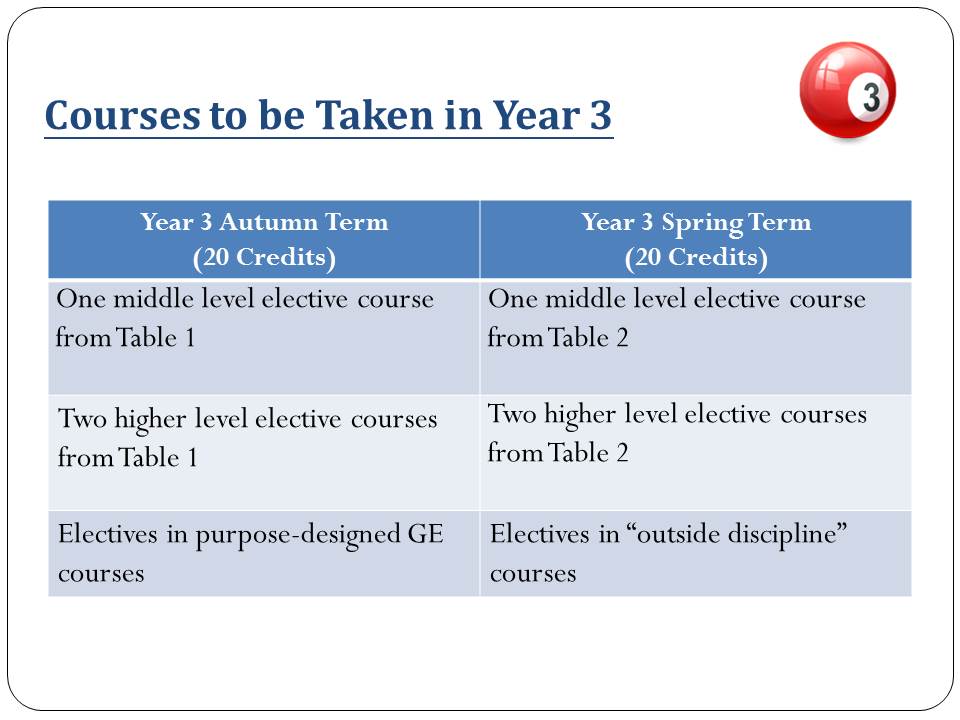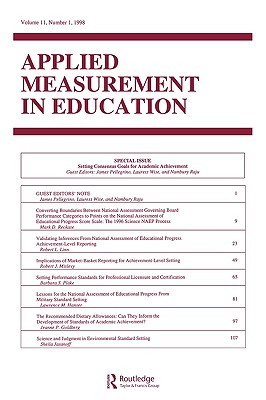Understanding Direct Loan Amounts: A Comprehensive Guide to Financing Your Education
Guide or Summary:Direct Loan AmountsFactors Influencing Direct Loan AmountsRepayment of Direct LoansDirect Loan AmountsDirect loan amounts refer to the tota……
Guide or Summary:
Direct Loan Amounts
Direct loan amounts refer to the total sum of money that students can borrow through the Direct Loan program, which is administered by the U.S. Department of Education. This program is designed to help students afford their education by providing low-interest loans that can cover tuition, fees, and living expenses. Understanding the specifics of direct loan amounts is crucial for students and families planning for higher education costs.
When it comes to direct loan amounts, there are several key factors to consider, including the type of loan, the student's financial need, and the cost of attendance at the chosen institution. There are three main types of Direct Loans available:
1. **Direct Subsidized Loans**: These loans are available to undergraduate students who demonstrate financial need. The government pays the interest on these loans while the student is enrolled in school at least half-time, during the grace period, and during any deferment periods. The maximum direct loan amount for subsidized loans varies based on the student's year in school and dependency status.
2. **Direct Unsubsidized Loans**: Unlike subsidized loans, these are available to both undergraduate and graduate students regardless of financial need. Interest accrues on unsubsidized loans from the moment the loan is disbursed. The maximum direct loan amount for unsubsidized loans is generally higher than that of subsidized loans and also depends on the student's year and dependency status.

3. **Direct PLUS Loans**: These loans are available to graduate students and parents of dependent undergraduate students. Direct PLUS loans can help cover the remaining costs of education not covered by other financial aid. The maximum direct loan amount for PLUS loans is the total cost of attendance minus any other financial aid received.
Factors Influencing Direct Loan Amounts
Several factors influence the amount a student can borrow through direct loans. These include:
- **Cost of Attendance (COA)**: Each institution has a defined cost of attendance, which includes tuition, fees, room and board, books, supplies, and personal expenses. The COA plays a significant role in determining the maximum direct loan amounts a student can receive.
- **Financial Need**: Financial need is calculated based on the information provided in the Free Application for Federal Student Aid (FAFSA). The difference between the COA and the Expected Family Contribution (EFC) determines a student's financial need, which in turn affects the amount of subsidized loans they may qualify for.

- **Enrollment Status**: The student's enrollment status (full-time or part-time) can also impact direct loan amounts. Generally, full-time students have access to higher loan limits.
- **Dependency Status**: Whether a student is considered dependent or independent affects the maximum direct loan amounts they can borrow. Independent students typically have higher borrowing limits.
Repayment of Direct Loans
Understanding direct loan amounts also involves knowing how repayment works. After graduation, students typically have a six-month grace period before they must begin repaying their loans. Repayment plans vary, and students can choose from several options, including standard repayment, graduated repayment, and income-driven repayment plans.
It's essential for students to keep track of their borrowing and understand the implications of taking out loans. The total amount borrowed, interest rates, and the repayment timeline can significantly affect a student's financial future.

In conclusion, direct loan amounts are a vital aspect of financing higher education. By understanding the types of loans available, the factors influencing loan amounts, and the repayment process, students can make informed decisions about their education financing options. This knowledge empowers students to take control of their financial future and pursue their academic goals without the burden of overwhelming debt.